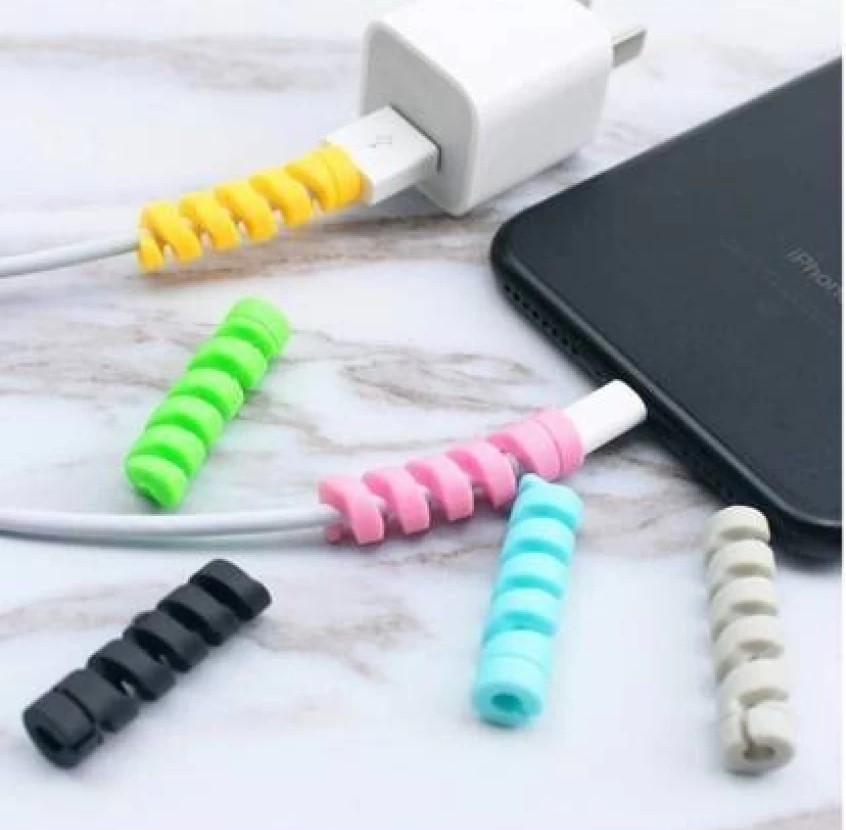In today’s technology-driven world, many people keep their phone chargers plugged in at all times, even when they are not actively charging their devices. This habit, often driven by convenience, is rarely questioned. However, electricians and safety experts warn that leaving chargers connected unnecessarily may pose risks that go beyond minor electricity usage. Understanding these potential dangers can help individuals make informed decisions about their energy consumption and household safety.
Chargers work by converting alternating current (AC) from a wall outlet into direct current (DC) to power a device’s battery. Even when a phone, tablet, or other gadget is not connected, the charger continues to draw a small amount of electricity. This is known as ‘vampire energy’ or ‘standby power.’ While the power consumption of a single charger may seem negligible, the cumulative impact of millions of chargers left plugged in worldwide is significant. This energy waste not only contributes to higher electricity bills but also places an unnecessary strain on the electrical grid.
One of the most serious concerns associated with leaving chargers plugged in is the increased risk of electrical fires. Chargers, especially low-quality or damaged ones, can overheat when left connected for long periods. This overheating can escalate into electrical fires, which can have devastating consequences for homes and personal safety. Fires caused by malfunctioning chargers are preventable, and one of the easiest ways to minimize the risk is simply by unplugging chargers when they are not in use.
Beyond fire hazards, constantly keeping chargers plugged in contributes to unnecessary energy waste. While the power draw of a single idle charger may be small, when multiplied by millions of devices worldwide, the impact is considerable. This excess energy use results in higher carbon emissions, putting additional strain on the environment. By adopting the habit of unplugging chargers when they are not needed, individuals can make a meaningful contribution to reducing their household energy consumption and environmental footprint.
Another factor to consider is the wear and tear caused by keeping chargers plugged in continuously. Chargers and electrical outlets experience stress when exposed to constant power flow and potential power surges. Over time, this can shorten the lifespan of chargers, leading to more frequent replacements. Electrical outlets can also become loose or worn out, which may result in poor connections that increase the likelihood of electrical hazards. By unplugging chargers when they are not in use, individuals can extend the lifespan of their charging equipment and maintain safer electrical connections within their homes.
From a financial perspective, while the energy cost of a single charger left plugged in may be minimal, the cumulative impact over months and years can add up. Households that rely on multiple devices—such as smartphones, tablets, laptops, and smartwatches—may notice a noticeable increase in their electricity costs due to continuous standby power consumption. Additionally, frequently replacing worn-out chargers due to overuse adds to long-term expenses. By making a small adjustment in daily habits, families can save money on their electricity bills and reduce the frequency of purchasing new chargers.
Experts strongly recommend adopting safe charging practices to minimize risks and improve energy efficiency. They advise unplugging chargers when not in use and ensuring that only high-quality, safety-certified chargers are used. Counterfeit or substandard chargers are more prone to overheating and electrical malfunctions, posing significant safety hazards. Regularly inspecting chargers for signs of damage, such as frayed wires or excessive heat buildup, is another essential precaution to prevent electrical accidents.
For those concerned about convenience, managing chargers safely does not have to be a hassle. Simple solutions, such as using power strips with on/off switches, allow multiple devices to be disconnected easily with a single switch. Smart plugs with automatic shut-off features provide another efficient way to cut standby power without requiring manual unplugging. By integrating these small changes into daily routines, individuals can significantly improve energy efficiency while maintaining convenience.
Developing the habit of unplugging chargers when they are not needed is a simple yet impactful step toward enhancing safety and reducing energy waste. By being proactive, individuals can minimize fire hazards, lower electricity costs, and contribute to a more sustainable environment. Although it may require a slight adjustment in routine, the long-term benefits far outweigh the minor inconvenience. Taking small, thoughtful actions today can lead to a safer and more energy-efficient future for households and the planet as a whole.
